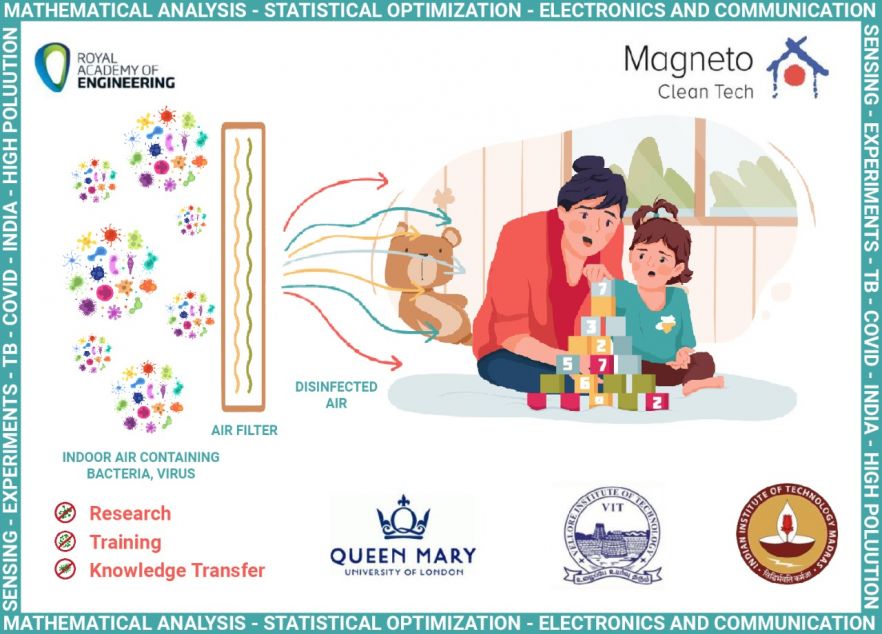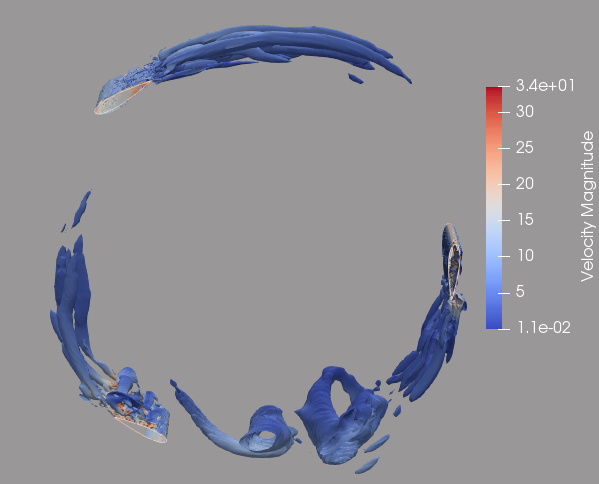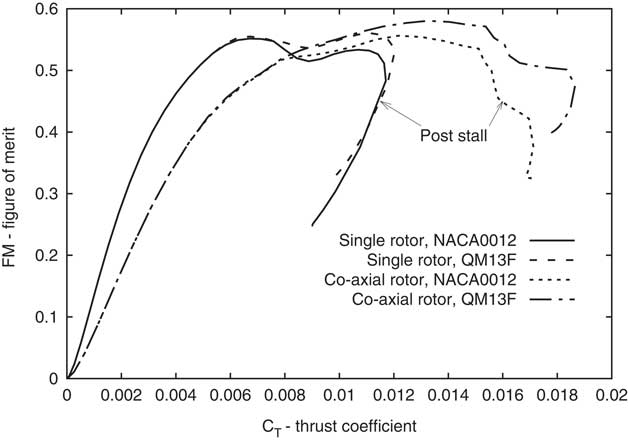Dr Fariborz Motallebi
BSc MEng PhD
Research Funding
On this page:
Previous Funded Research Projects
Disinfecting indoor air against diseases as COVID and TB in cities in the Indian subcontinentFunding source: Royal Academy of EngineeringStart: 15-04-2021 / End: 19-02-2024 The aim of this project is to develop an air filtration system for the Indian subcontinent with heavy pollution settings, while having air infection risk. Strategies of deployment and usage will be developed along with training of UK and Indian students, and knowledge transfer with industry. Our preliminary UVC air purifier design has been published in Fluids 2023, 8(4), 111; https://doi.org/10.3390/fluids8040111 |
Wind and water turbines: Simulation of unsteady aerodynamic forces and theoretical modellingFunding source: Royal SocietyStart: 20-03-2019 / End: 19-03-2022 High fidelity flow-structural dynamics simulations of wind and water turbines will be pursued using advanced computing clusters and complemented by wind tunnel tests. The results will be analysed and used to derive new fast models that will support future development of new renewable energy devices extracting kinetic energy from the wind and water flows. |
Engineering X Pandemic PreparednessFunding source: Royal Academy of EngineeringStart: 15-07-2020 / End: 14-07-2021 Team: UK Principal Investigator: Dr Eldad Avital Partners: India – VIT Chenai Prof Nithya Venkatesan, IIT Madras Prof Abdus Samad Consultant: Emeritus Prof Clive Beggs, Leeds Beckett Researchers: QMUL PhD student: Yang Chen QMUL MEng team: Lidia Garcia, Muneeb Khawar, Ayman Mohammed, Maham Sandhu, Taylor Smith, Dena Rahman India research assistants: Rishav Raj, Mahesh Ravindra, Saket Kapse We develop a stand alone air disinfection device capable of inactivating the SARS-CoV-2 virus (Covid-19) and Mycobacterium tuberculosis (tuberculosis (TB)). The devise utilises a novel particle separation technology, which boosts the air disinfection capabilities of an ultraviolet-C (UV-C) light source, allowing much larger quantities of air to be purified than would normally be the case. If successful, the device will represent a step-change on current air disinfection technologies and should prove helpful in combating the transmission of airborne0 (aerosol) diseases such as Covid-19 and TB within buildings. Light in the UV-C region produces photons that are absorbed by nucleic acids (both DNA and RNA) to form dimers (fused base pairs) that impair replication of pathogenic viruses and bacteria [1], greatly reducing their ability cause infection. It has been shown that UV-C light can inactivate coronaviruses and thus there is good reason to believe that the SARS-CoV-2 virus will be susceptible to UV irradiation [2]. Similarly, it has been shown that TB can be inactivated using UV-C light [3]. Both TB and Covid-19 are infectious diseases that are transmitted via aerosolised respiratory droplets produced indoors. As such, UV-C air disinfection devices have great potential to inhibit the spread of these diseases in room spaces if used appropriately. However, such devices are limited by the small air flow rate that they can handle. This is because pathogenic microbes often require high UV irradiation doses, with the result that the air velocity through such devices needs to be very low, meaning that they can only disinfect small amounts of air. However, by utilising particle separation it is possible to greatly enhance the irradiation capabilities of the device, thus allowing much larger quantities of air to be disinfected. [1] Beggs CB (2002). A quantitative method for evaluating the photoreactivation of ultraviolet damaged microorganisms. Photochemical and Photobiological Sciences. 2002. 1: 431-437, https://doi.org/10.1039/B202801H [2] Beggs CB, Avital EJ (2020). Upper-room ultraviolet air disinfection might help to reduce COVID-19 transmission in buildings: a feasibility study. PeerJ 8:e10196, https://peerj.com/articles/10196/ [3] Escombe AR, et al (2009). Upper-room ultraviolet light and negative air ionization to prevent tuberculosis transmission. PLoS Med 6 (3), e1000043, https://doi.org/10.1371/journal.pmed.1000043 |
Propeller aerodynamics and acousticsFunding source: EPSRCStart: 01-12-2016 / End: 25-03-2017 Low fidelity modelling of coaxial propeller |
International Exchange Scheme: China 2013 NSFC. Aeroacoustics of jets and blades.Funding source: The Royal SocietyStart: 01-04-2014 / End: 31-03-2016 Computational and experimental studies of blade and jet noise are pursued through collaborative research with Beihang. |
Other Research Projects
Jet noise, jet/wing interaction, jet/fuselage interaction in cruise conditions, experimental validation of high-speed jet simulations |
Computational aeroacoustics of high-speed jets |
Aerodynamics of Sport Vehicles and DevicesAerodynamics of sport vehicles such as Bobsleigh, racing bicylcle, sport cars have been part of our reserach activities. The main aim of this research has been to improve the performance of these vehicles using scaled down wind tunnel testing. |
Aerodynamics and acoustics prediction and controlThere is a growing interest in applying active flow and noise control in various engineering applications. 1. Jet noise continues to be a topic affecting aviation. In this context we have recently made two types of progress. The first is in collaboration with Cranfield university where we published a procedure to … |




